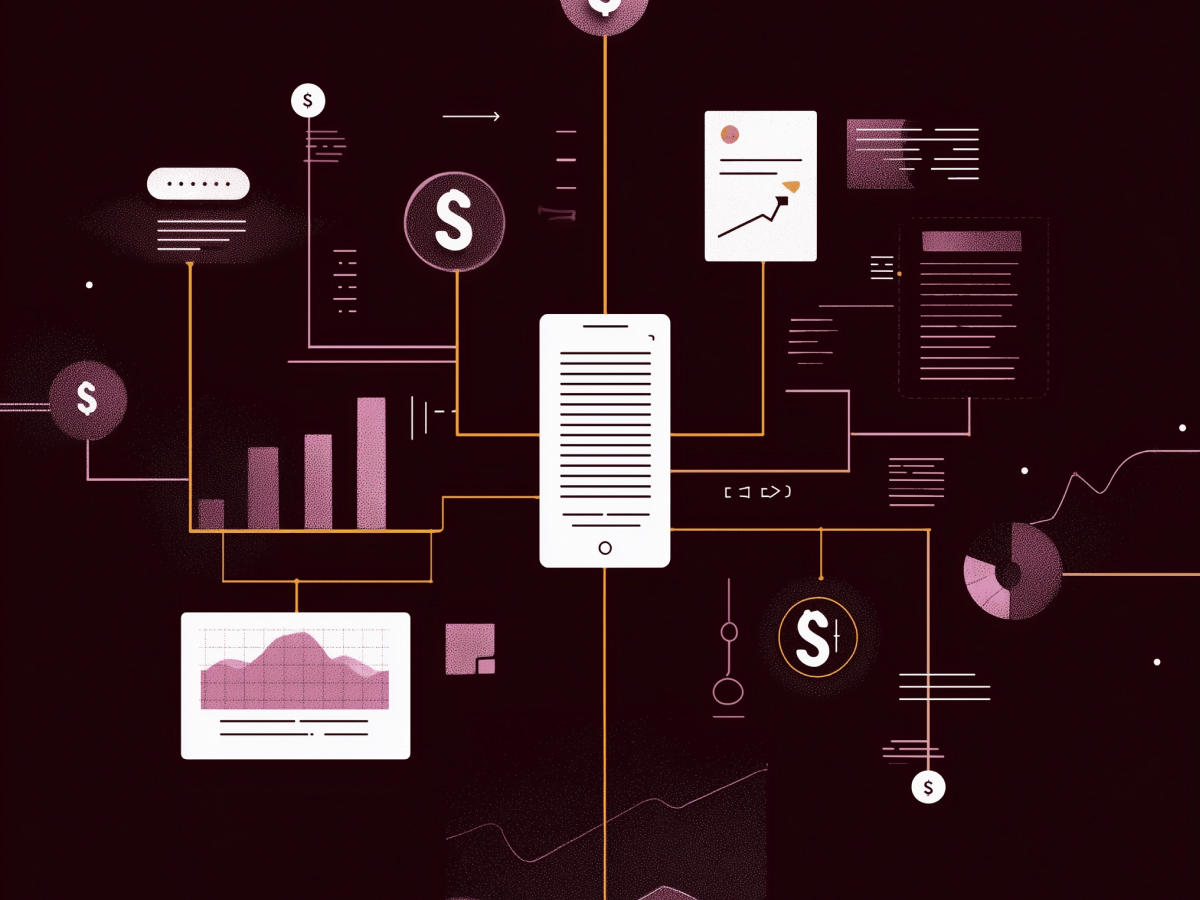If you’re running a tech-driven business, your developers are the backbone of innovation. Despite this, too many companies treat them like replaceable cogs, focusing only on tools and infrastructure while ignoring what truly drives developer performance: experience.
Developer Experience (DevEx) creates an environment where developers can do their best work without unnecessary friction. You want to keep your top talent? You need to prioritize their experience, not just their output. That means streamlining workflows, cutting through bureaucracy, and reducing the things that make talented people want to leave.
Companies that get this right will build better software, retain their best developers, and attract top-tier talent. The cost of losing a great developer is far greater than the cost of making their work environment better.
Open communication is the lifeline of high-performing teams
Developers don’t operate in a vacuum. They need clear, open, and immediate communication—not just within their teams but across the entire organization. If feedback loops are slow, so is development.
Too often, companies think deploying Slack, Teams, or some other messaging platform solves communication issues. It doesn’t. The real problem? Access to decision-makers and timely feedback.
Imagine this: A developer is waiting for approval on a piece of code. One day of delay means the next part of the project is stalled. Now, multiply that across multiple developers and projects. That’s how you burn productivity to the ground. The fix? Fast, direct communication between engineers, leadership, and stakeholders.
Developers should be able to ask tough questions and get straight answers. If leadership isn’t available or decisions take days, you’re not running a high-functioning development team—you’re creating bottlenecks.
“The faster the feedback loops, the smoother the workflow, and the happier your team will be.”
Set clear and achievable goals
If your dev team’s goal is “Finish Project X,” you’ve already failed them. Vague, high-level targets don’t work. Developers need specific, achievable goals that align with their expertise.
Here’s how to fix it: Break projects into focused objectives that play to each team’s strengths. Your UX team? Their job is to create an intuitive, seamless user interface. Backend engineers? They optimize system efficiency and security. QA testers? They make sure everything works under pressure. Different roles, different objectives.
Unrealistic timelines are another killer. If you push developers to deliver an MVP in an impossible timeframe, you’re setting them up to fail—or worse, ship something subpar. The best teams work fast, but they don’t cut corners. Set realistic expectations, and they’ll exceed them. Set impossible ones, and they’ll burn out or leave.
Balance workloads to boost retention
Developers love what they do, until they don’t. When workload spirals out of control, burnout follows.
The tech industry has a bad habit of pushing engineers to the limit, assuming they’ll just work harder. But here’s the reality: burned-out developers make mistakes, take longer to deliver, and eventually quit. And replacing them? That’s a long, expensive process.
There are two ways to prevent this:
- Distribute workload realistically. Don’t overload your best developers while others sit idle. Use data to track task distribution and ensure balance.
- Hire strategically. If your team is overloaded, adding more developers is a better investment than losing your best talent. Think of it as compounding efficiency instead of draining resources.
Great developers thrive in environments where they’re challenged but not crushed. Balance it right, and you’ll see sustained productivity without burnout.
Optimize workflows to keep developers in “the zone”
Developers do their best work in deep focus. That’s called flow state, and when they hit it, they solve complex problems faster and build incredible things. But the second you interrupt that focus, productivity plummets.
Meetings are the biggest culprit. A 15-minute meeting doesn’t just take 15 minutes. It can take a developer 30-60 minutes to regain their focus. If they get pulled into multiple meetings, their whole day is wrecked.
The fix? Reduce unnecessary meetings and switch to asynchronous communication whenever possible. Instead of dragging engineers into status meetings, let them update progress in a shared document or platform. When you eliminate interruptions, they stay in the zone longer and the results will speak for themselves.
Key executive takeaways
- Strategic developer experience: Prioritize a holistic approach to developer experience by enhancing communication, setting clear objectives, balancing workloads, and reducing disruptions. This ensures top talent is retained and productivity is maximized.
- Rapid communication: Establish immediate, cross-level feedback loops to eliminate bottlenecks and empower decision-making. Fast communication is critical to sustaining project momentum and team morale.
- Tailored goals and workload: Customize targets to match each development team’s unique role and distribute work evenly. This approach reduces burnout and promotes high-quality output.
- Optimized workflow: Minimize unnecessary meetings and interruptions to maintain developers’ focus and flow state. An uninterrupted workflow directly boosts efficiency and operational success.




